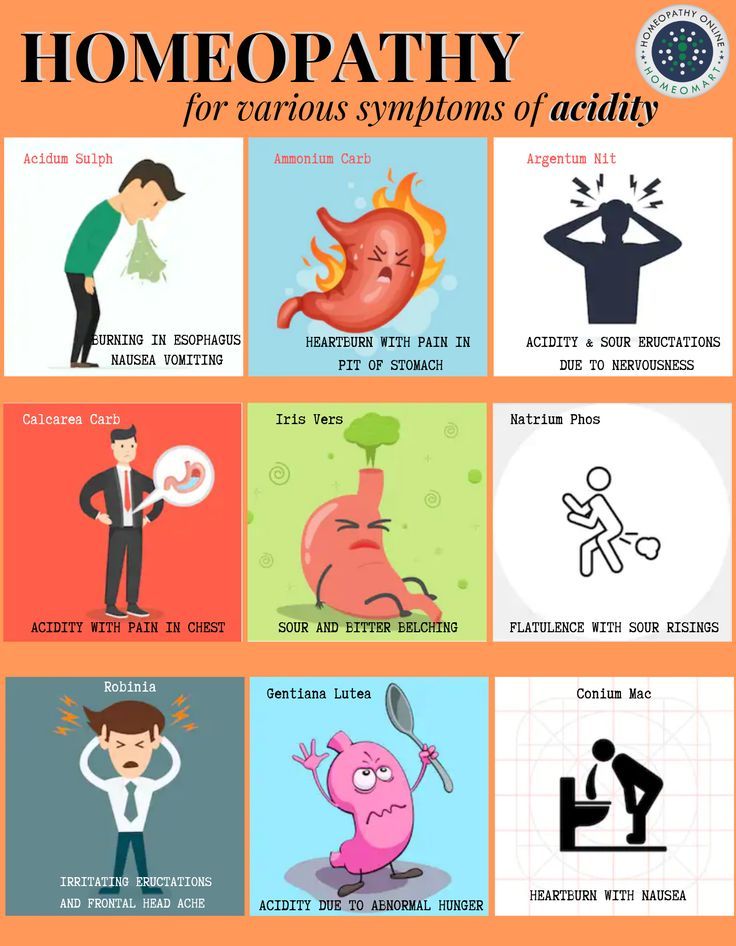
Neonatal herpes can occur when an infant is exposed to HSV during delivery. Rarely, HSV-1 infection can lead to more severe complications such as encephalitis (brain infection) or keratitis (eye infection). Rare complications of HSV-2 include meningoencephalitis (brain infection) and disseminated infection. In immunocompromised people, including those with advanced HIV infection, herpes can have more severe symptoms and more frequent recurrences. HSV-2 infection is among the most common infections in people living with HIV. Additionally, people with both HIV and HSV-2 infection are more likely to spread HIV to others. HSV-2 infection increases the risk of acquiring HIV infection by approximately three-fold. Possible complications HSV-2 and HIV infection In rare circumstances, herpes (HSV-1 and HSV-2) can be transmitted from mother to child during delivery, causing neonatal herpes.
#Ulcer medication skin#
HSV-2 can be transmitted even if the skin looks normal and is often transmitted in the absence of symptoms. HSV-2 is mainly transmitted during sex through contact with genital or anal surfaces, skin, sores or fluids of someone infected with the virus. People who already have HSV-1 are not at risk of reinfection, but they are still at risk of acquiring HSV-2. It can be transmitted from oral or skin surfaces that appear normal however, the greatest risk of transmission is when there are active sores. Less commonly, HSV-1 can be transmitted to the genital area through oral-genital contact to cause genital herpes. HSV-1 is mainly transmitted via contact with the virus in sores, saliva or surfaces in or around the mouth. However, recurrences are often less severe than the first episode and tend to decrease over time. With HSV-2, recurrent symptoms are common.


Genital herpes caused by HSV-1 typically does not recur frequently. After an initial episode, which can be severe, symptoms may recur. Additionally, symptoms of a new infection often include fever, body aches and swollen lymph nodes. When symptoms occur, genital herpes is characterised by one or more genital or anal blisters or ulcers. Genital herpes can be asymptomatic or have mild symptoms that go unrecognized. These symptoms can recur periodically, and the frequency varies from person to person. Infected persons will often experience a tingling, itching or burning sensation around their mouth before the appearance of sores.

Oral herpes infection is mostly asymptomatic, but symptoms can include painful blisters or open sores (ulcers) in or around the mouth (cold sores). Prevalence increases with age, though the highest number of new infections are in adolescents. HSV-2 infects women almost twice as often as men because sexual transmission is more efficient from men to women. Genital herpes caused by HSV-2 affects an estimated 491 million (13%) people aged 15–49 years worldwide (2016 data). Most HSV-1 infections are acquired during childhood. In 2016 (last available estimates), 3.7 billion people under the age of 50, or 67% of the population, had HSV-1 infection (oral or genital). However, in time, most people with either kind of herpes adjust to living with the infection.

Genital herpes can also be stigmatizing and have an impact on sexual relationships. Recurrent symptoms of both oral and genital herpes may be distressing. Some medications are available to reduce the severity and frequency of symptoms, but they cannot cure the infection. Infection is lifelong, and symptoms can recur over many years. HSV-2 is mainly sexually transmitted and causes genital herpes.īoth oral and genital herpes are mostly asymptomatic or unrecognized but can cause painful blisters or ulcers at the site of infection, ranging from mild to severe. HSV type 1 (HSV-1) is typically transmitted by oral-to-oral contact and causes infection in or around the mouth (oral herpes), but it can also cause genital herpes. Infection with herpes simplex virus (HSV), known as herpes, is common globally.


 0 kommentar(er)
0 kommentar(er)
